Before you find yourself standing at the greenhouse scratching your head over which tomato plant to buy, let us highlight a few of the most popular varieties you'll find on the market. We brought you six popular tomatoes not too long ago and today we're bringing that count up to 12.
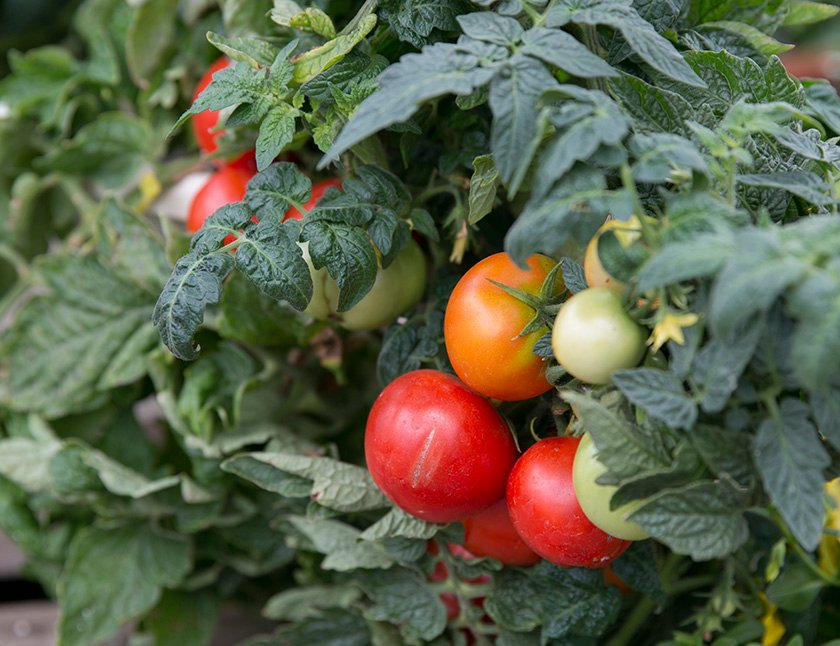
Choosing which tomatoes you're going to grow can feel like a complex decision with all the varieties available to you. While we'll offer you a peak at some of the most beloved varieties, there is a lot to be said for experimenting in the garden. So, if after reading all your options you still feel a little lost, it's OK to just go with your gut and grab what's calling to you instead. After all, it's hard to go wrong with a tomato.

Celebrity
Matures: 70 days
Fruit Size: 10 oz.
Plant Type: Semi-Determinate
Genetic Type: Hybrid
If you don't want any surprises with your tomato flavour, the Celebrity is known for it's classic taste. Chef's reach for this tomato when making salsa, bruschetta, or when canning, cooking, and even slicing. A nice benefit, especially for newbies, is the adaptability and disease resistance of this plant in the garden.
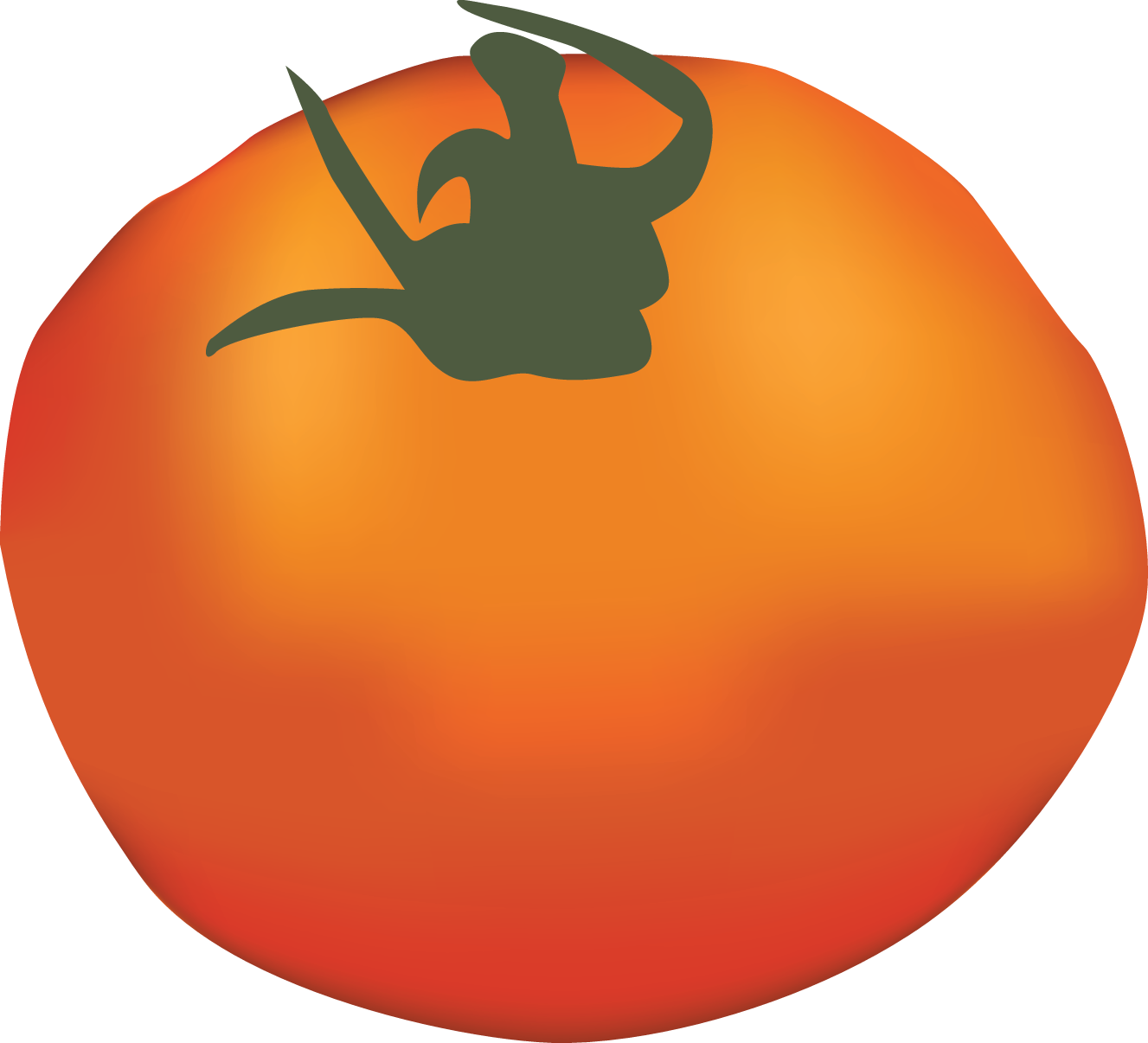
Chef's Choice Orange
Matures: 75 days
Fruit Size: 9 – 16 oz.
Plant Type: Indeterminate
Genetic Type: Hybrid
For a more mild heirloom flavour, the Chef's Choice Orange is your fruit of choice. This disease and crack resistant tomato can be enjoyed both fresh or cooked. Put a spin on your classic tomato soup or add a splash of colour to your salad bowl. This brilliant orange color will remain true, even after cooking.
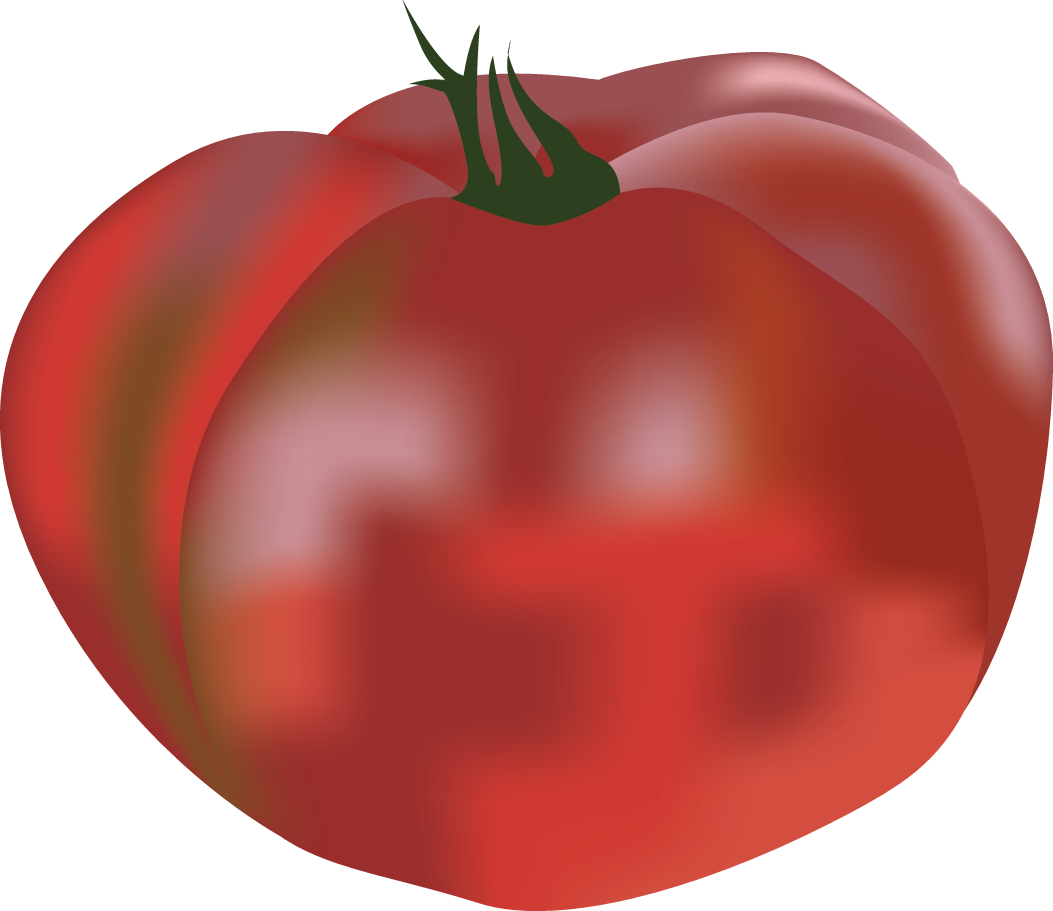
Cherokee Purple
Matures: 70–80days
Fruit Size: 16 oz.
Plant Type: Indeterminate
Genetic Type: Heirloom
To add a smoky flavour to your salsas, and sauces you'll want to reach for the Cherokee Purple tomato. This stunning fruit wins awards for its complex flavor which ends on a sweet note. This meaty tomato can also be used to compliment sandwiches and salads in both taste and colour.

Chocolate Sprinkle
Matures: 55 – 60 days
Fruit Size: 1.5”
Plant Type: Indeterminate
Genetic Type: Hybrid
What's a summer in the garden without experiencing the burst of a cherry tomato in your mouth? This bite-sized snack carries a robust flavour and pairs well on a skewer along side mozza cheese and basil. Feel confident about getting your fill of tomatoes by adding this high yielding plant to your garden variety.
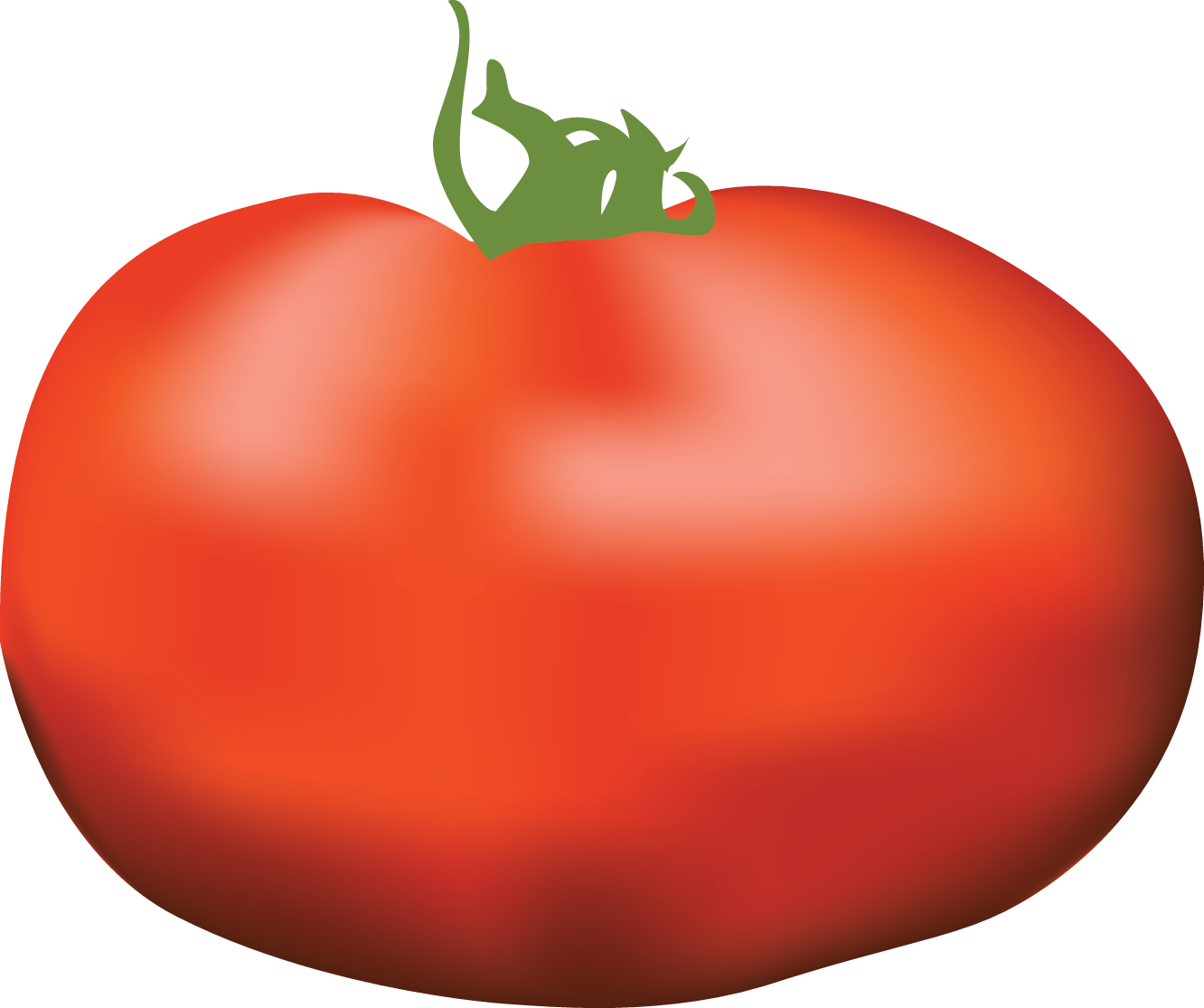
Early Girl
Matures: 63 days
Fruit Size: 6 – 8 oz.
Plant Type: Indeterminate
Genetic Type: Hybrid
If you need to get your tomato fix early in the season, plant the Early Girl. This plant lives up to her name and, if you're clever, you can plant a later crop for a second bountiful harvest in the fall. A perfect T to your B-L, this tomato is surprisingly flavourful for an early season variety. If you're worried about your green thumb the Early Girl is both climate adaptable and disease resistant.
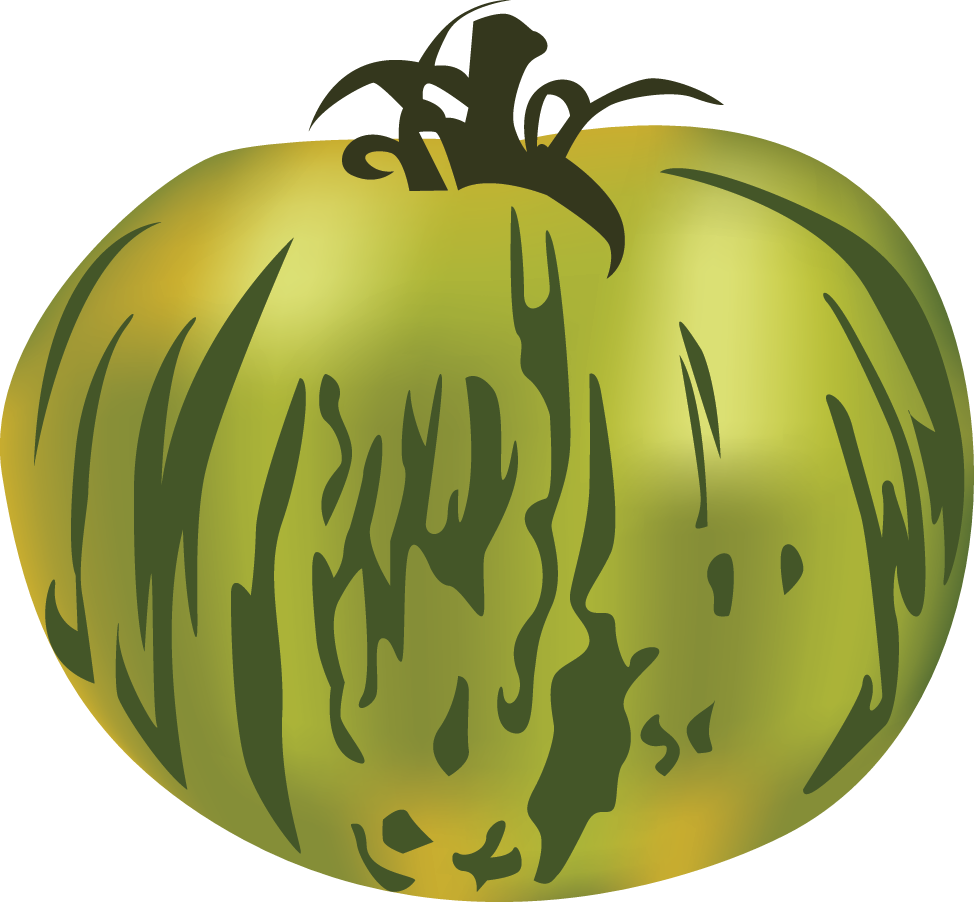
Green Zebra
Matures: 70–80 days
Fruit Size: 6 oz.
Plant Type: Indeterminate
Genetic Type: Heirloom
The Green Zebra will brighten your meals without overpowering your other mealtime flavours. This meaty fruit can be used in a variety of ways, including stuffed, skewered, sliced, and in cooking. The heartiness means you don't have to worry about fruit breaking down once it hits the frying pan either.
Planting Tips
Most people buy their tomatoes already started in pots from greenhouses rather than starting from seed. If you are starting from seed, you will want to start your seeds indoors 6-8 weeks before you intend to transplant.
Regardless of how you acquired your tomato plants, a good idea is to "harden" them off by gradually introducing them to outside conditions. Intense sun, drying winds, and cold night temperatures can be a shock to pampered indoor plants. Gradually acclimatize them to the outdoors by moving them outdoors for a bit longer each day. This process usually takes a week or two to complete.
Tomatoes are a sub-tropical plant. In northern areas, picking a hot sunny spot in a sheltered area for them to grow is important. Planting up against a south facing wall is often a good choice. In more southern areas, the tomatoes may benefit from some late afternoon shade.
The soil should moist loose and well drained; avoid heavy saturated soils. Tomatoes are heavy feeders and a rich deep soil will encourage your plants to grow large and produce heavier crops. Adding compost or well rotted manure to your beds before planting will also be beneficial.
Most gardeners agree that you'll want to establish a strong root system and one way to achieve that is by burying part of the above ground plant into the soil. Tomatoes have the ability to grow roots from any part of the plant that is in contact with the soil. Burying half the plant is a good rule of thumb but you will have to use your judgement. The lankier the tomato plant the more the plant can be buried. Some of the small bush types, like Tiny Tim, are probably best left at the same level as they were in the pot.
You can dig a deep hole, if your top soil deep enough to allow, or dig a trench and lay the tomato in it sideways. Don't worry, the tomato plant will curve back up on it's own after a few days. After planting, make sure to water well and continue to water so the soil is moist for the first few weeks. Once the tomato plants are established, you can gradually cut back on watering.
Make sure to stay tuned for parts 3 to 5 where we will be bringing you 6 more tomato varieties and additional information on growing them.
All photos and illustrations in this post are original work by Mrs. Canadian Renegade.

